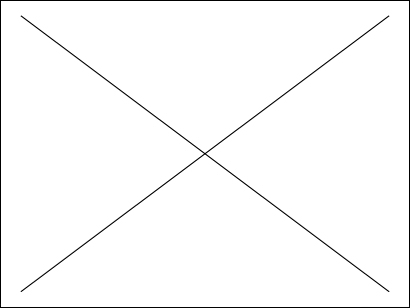Livre - The History of tattooing and its significance
1B CUT 75
Description
Livre
H. F. & G. Witherby
Hambly Wilfrid Dyson 1886 - 1962
Presentation materielle : 346 p.-[8] f. de pl.
Dimensions : 23 cm
INTRODUCTION, p. 13 CHAPTER I – BODY MARKING IN RELATION TO RELIGIOUS BELIEFS AND PRACTICES, p. 25 Negative rites or “ taboos ” Positive rites or ritual Considerations of taboo and ritual Priesthood and the tattooers’ craft Tendency to decline of ceremonial Tattoo marks and future life Instances from North America, Assam, Polynesia, Borneo, and West Africa Body marking and worship Religious marks of Hindus Dedication of children to the Sky God Aztec dedication ceremony Symbolism of colour Totemic and other animal markings CHAPTER II – BODY MARKING AND MAGIC, p. 109 Body marking to cure sickness and pain To give good luck As a love charm To preserve youth Body marking and rain-making, etc. Before trial by ordeal Sacredness of paint and symbolism of colour Body marking and death, mourning, and execution Body marks connected with magic and religion Psychic factors and the body marking process CHAPTER III – BODY MARKING FOR SOCIAL AND ANTI-SOCIAL PURPOSES, p. 171 Psychological processes involved in body marking for social purposes Tribal marking Tattooing in social and anti-social groups Individual marks to denote social status Tattooing and the social status of women Markings to gratify the sentiment of pride Tattooing in secret societies CHAPTER IV: TECHNIQUE OF BODY MARKING, p. 243 Artistic taste Development of symmetry and proportion The naturalistic school of tattooing Growth of aesthetic sense CHAPTER V – GEOGRAPHICAL DISTRIBUTION OP TATTOOING, p. 284 Distribution in Europe – Asia – The Pacific – Africa –American Continents CHAPTER VI – HISTORICAL DISTRIBUTION OF TATTOOING, p. 308 Prehistoric body marking Tattooing among civilizations of antiquity Dateable evidence Places of probable origin and hypothetical lines of migration LIST OF ILLUSTRATIONS PLATES Moko Tattoo, New Zealand, p. Frontispiece Girls of the Mekeo District, British New Guinea, facing p. 30 Ma Nyema Woman, Belgian Congo, facing p. 180 Native Australian, facing p. 180 Wooden Figure from Maori Chief’s House, facing p. 260 Truxillo Ware, facing p. 260 Tattooing Needle, Tahiti, facing p. 260 Tattooing Instrument, Sarawak, Borneo, facing p. 270 Tattooing Striker, facing p. 270 Complete Tattooing Instrument, Burma, facing p. 270 Lead Weight for Same, facing p. 270 Tattooing Needle, opened to show Compound Structure, facing p. 270 Mounted Tattooing Needles, Japan, facing p. 270 Japanese Tattooing, the finest known example, facing p. 274 Snake Dance of Amazonian Girls, facing p. 302 Tattooed Skin, Middle Nubian Cemetery, 1300 B.C., facing p. 320 TEXT ILLUSTRATIONS Tattooing of Marquesan Islanders, p. 61 Totemic Animal Designs, Torres Strait, p. Scarification, Islanders of Torres Strait, p. Libyan Figures from Tomb of Seti I, 1330 B.C., p. Egyptian Bone Figures of Archaic Period, p. 108 Somali and Galla Forms of Geometric Design, p. 184 Tattoo adopted by Women of Tobas Tribe, West Central South America, p. 253 Simple Geometric Designs, p. 256 Tattoo Marks of Long Wai Women, Borneo, p. 259 Hand Tattooing of Samoan Women, p. 260 Thigh Tattooing of Samoan Women, p. 265 Tattoo Marks of Haida Tribe, Queen Charlotte Islands, N.W. Canada, p. 268 Totemic Designs, Torres Strait, p. 269 Tattoo on Skin of Mummies found in Necropolis of Ancon, Peru, p. 315 TEXT ILLUSTRATIONS – continued Tattoo on Skin of Mummies found in Necropolis of Ancon, Peru, p. 316 Egyptian Female Figures, 3000 B.C., p. 319 MAP Map of World, showing Variations and Distribution of Corporal Markings, facing p. 25
